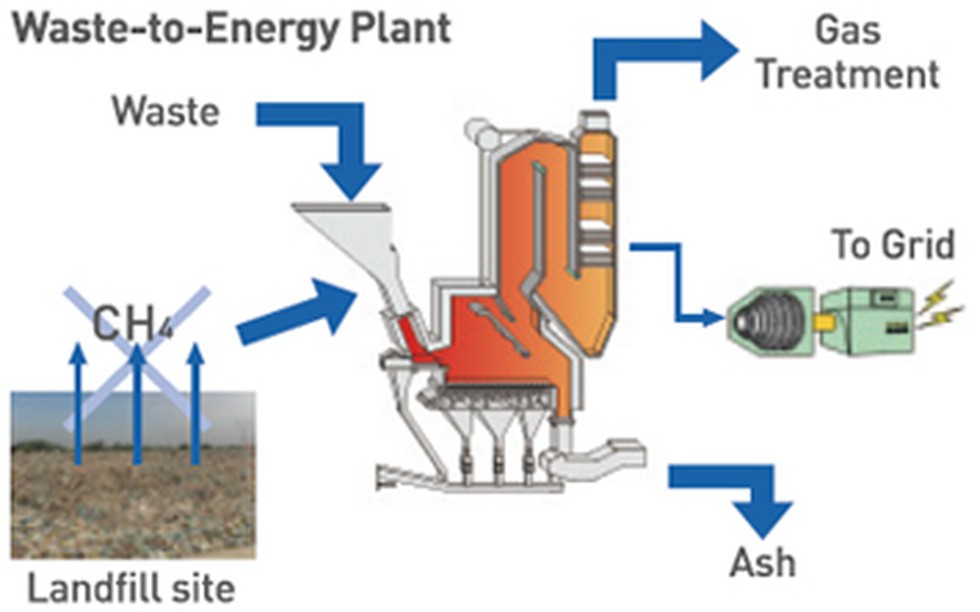Key Findings:
- Nearly half of India’s waste-to-energy (WTE) plants, meant to convert non-biodegradable waste, are defunct. Since 1987, 15 WTE plants have been set up across the country. However, seven of these plants have since shut down.
- The key reasons for closure are the plants’ inability to handle mixed solid waste and the high cost of electricity generated by them that renders it unattractive to power companies.
- The country’s inability to segregate waste has resulted in even the existing plants working below capacity.
- The key reason for the inefficiency of these plants is the quality and composition of waste. MSW (municipal solid waste) in India has low calorific value and high moisture content. As most wastes sent to the WTE plants are unsegregated, they also have high inert content.
- Moreover, the plants are expensive because they produce power at nearly ₹7 per unit, which is more than the ₹3-5 offered by thermal as well as solar sources.
Municipal Solid Waste (MSW) in India:
- About 1.43 lakh tonnes per day of (TPD) municipal solid waste (MSW) is generated across the country. Of this, 1.11 lakh TPD (77.6%) is collected and 35,602 TPD (24.8%) processed.
- As per the Union Ministry of Environment and Forests, MSW generation will reach 4.5 lakh TPD by 2031 and 11.9 lakh TPD by 2050.
Steps by Government of India:
- Inspite of poor track record, the government is relying big on WTE.
- The NITI Aayog, as part of the Swachh Bharat Mission, envisages 800 megawatts from WTE plants by 2018-19, which is 10 times the capacity of all the existing WTE plants put together.
- It also proposes setting up a Waste-to-Energy Corporation of India, which would construct incineration plants through PPP models.
- Currently, there are 40-odd WTE plants at various stages of construction.
